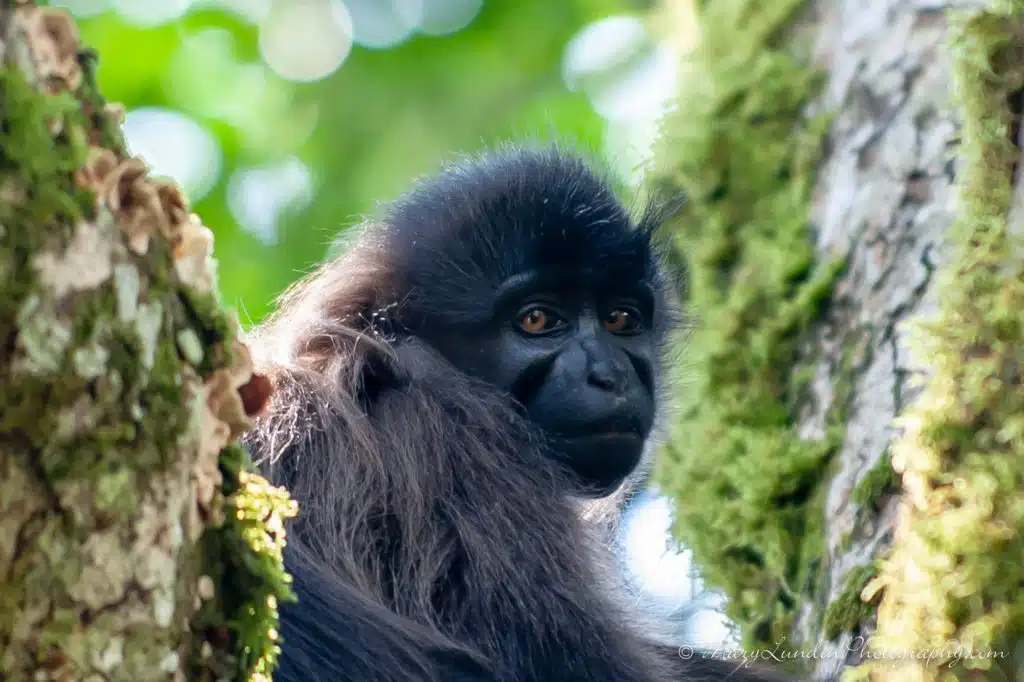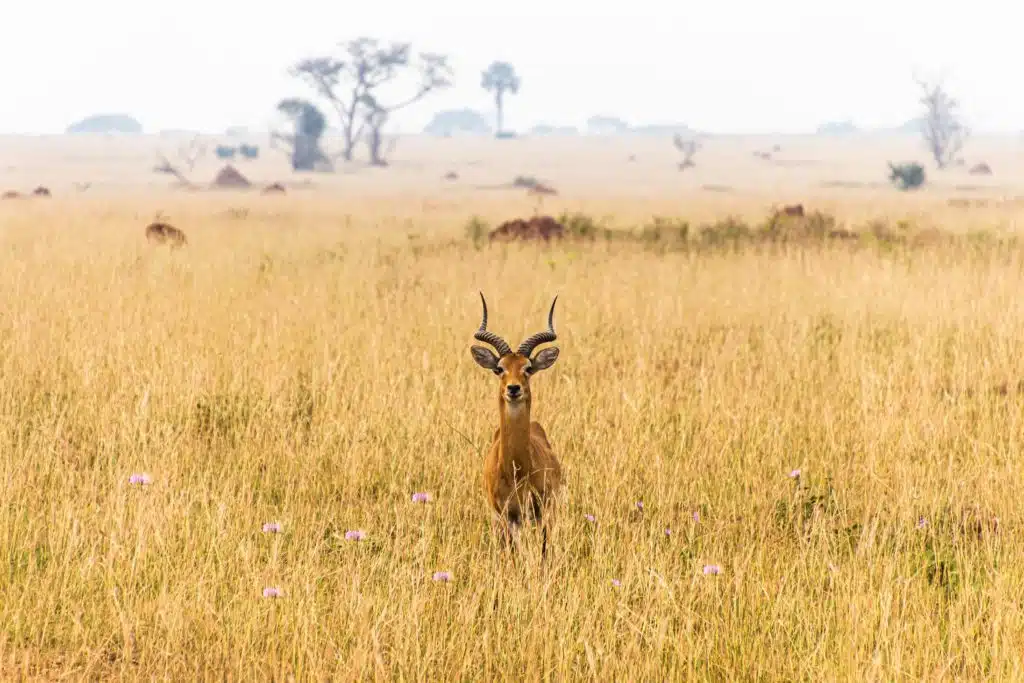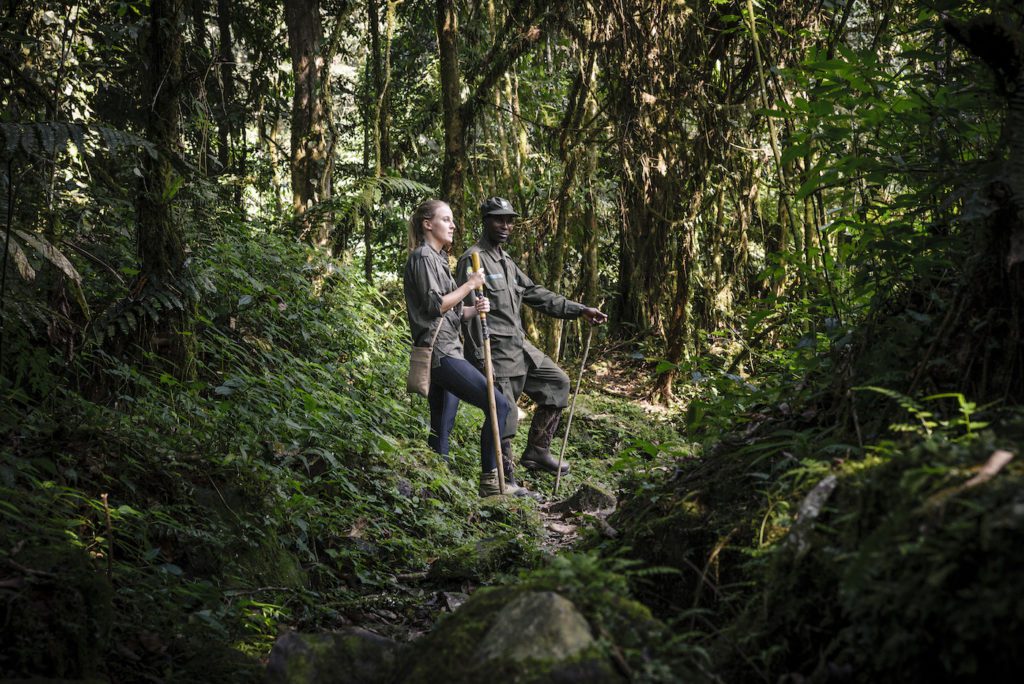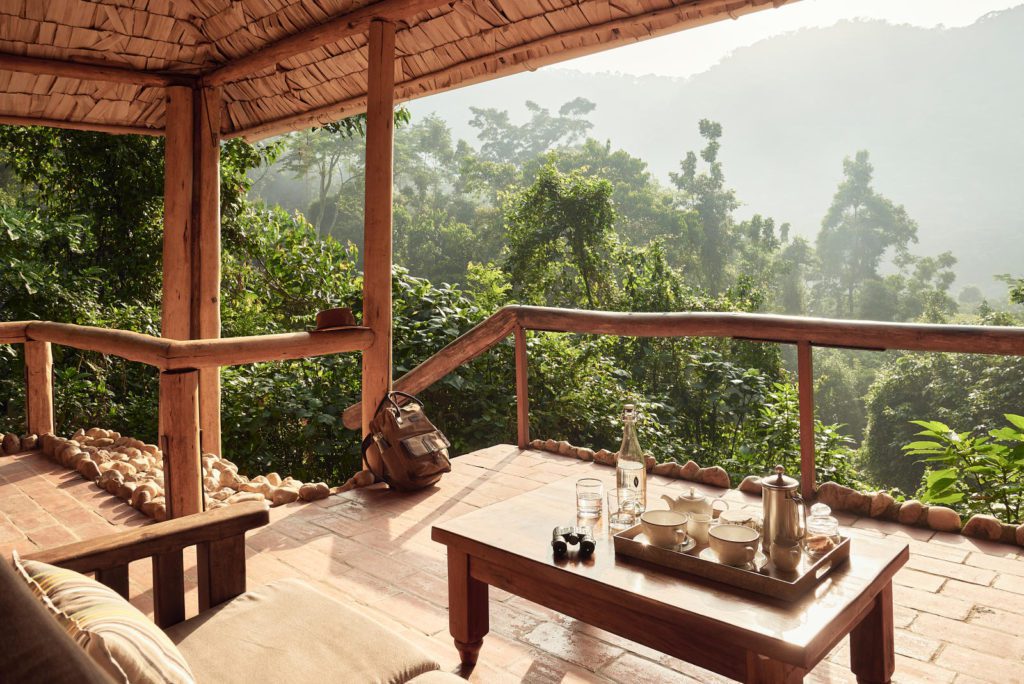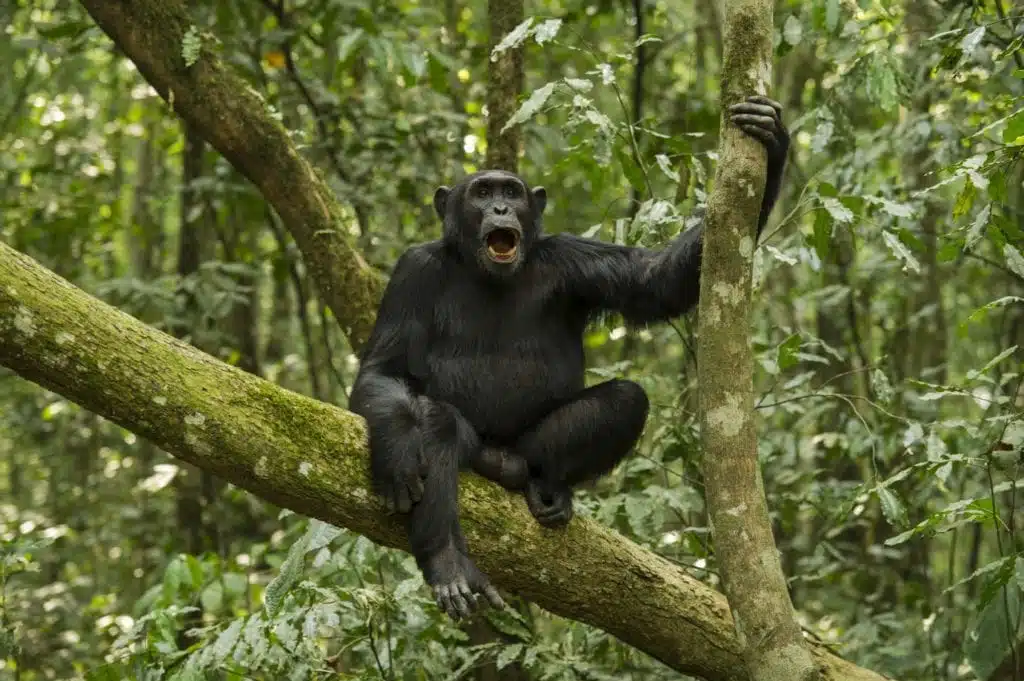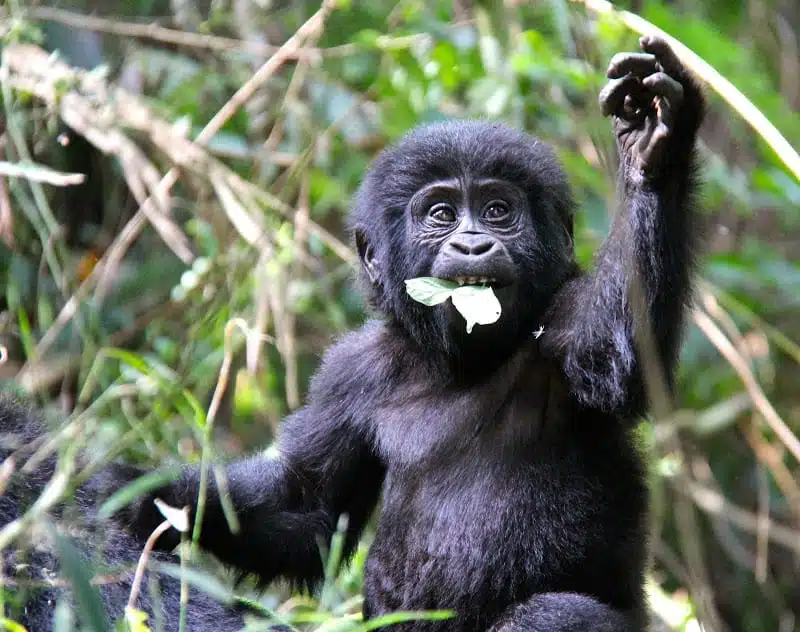HOW LONG SHOULD I SPEND IN UGANDA?
Three to four days will suffice if the primates are your primary focus, but 10 to 14 days are required to truly do the country justice. Uganda’s varied landscapes and destinations present myriad opportunities for game viewing, gorilla trekking, walking, accommodations and adventures. If you are a safari enthusiast looking for something a little different or a first-timer open to unique experiences, Uganda will give you ample enjoyment.
WHEN IS THE BEST TIME TO VISIT UGANDA?
Uganda has two dry seasons and two wet. November, April and May are best avoided, but any other time of year is hospitable. Some months may present a little rain, but rarely will a deluge dampen your experience and, with a light raincoat, your vacation won’t be a washout.
January to February and June through August are considered the prime times for a Uganda safari. Gorilla trekking is more pleasant in these drier seasons and, while the plains are semi-arid, the previous season’s rains tend to keep the grasslands fairly lush despite the reduced precipitation.
WHAT CAN I EXPECT FROM ACCOMMODATION IN UGANDA?
It would be recommended to remain somewhat open-minded in regards to your Uganda safari accommodation. Luxury can be found – and adequately arranged by your Travel Designer – but it may not be the most convenient or appropriate choice given certain experiences.
If you wish to delve into Bwindi Impenetrable Forest or visit the chimps of Kibale Forest, it is worth saving additional time by opting for more rustic accommodations. Though still of a reasonable standard, you’re unlikely to find deluxe service or accommodations well located for certain adventures.
OTHER DETAILS:
Visas are required for most visitors, and inoculations may be recommended. We suggest you contact your travel designer or a travel medicine specialist for advice.
International flights will arrive at Entebbe airport via European transfers. From there, some internal flights are available but much of the travel is overland. While this will likely mean many hours spent in vehicles throughout your trip, it does also give you plenty of opportunities to see a wide array of landscapes and to take in more of this fascinating nation.
English is predominantly spoken throughout Uganda and you should have no communication difficulties throughout your journey.
Guiding is impeccable, particularly in both Kabale and Bwindi forests, and you will benefit from incredibly talented and informative guides throughout your Uganda safari.
Cuisine is not exceptional, as in other more culinarily-renowned countries, but is more than acceptable and, though perhaps lacking a little imagination, is both prepared and presented exceptionally well.


